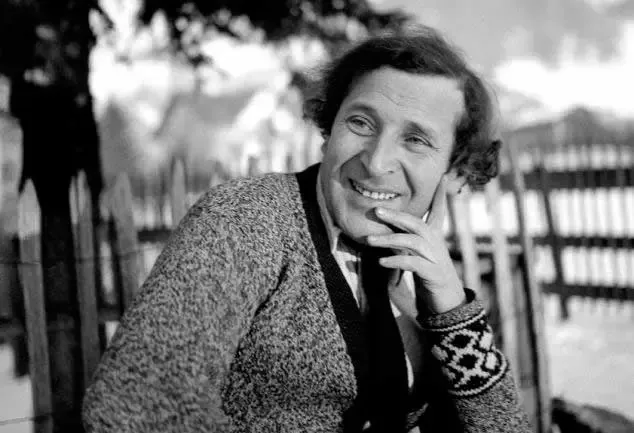Marc Chagall (Vitebsk, Belarus, July 7, 1887-Saint-Paul de Vence, France, March 28, 1985), registered at birth as Moshe Segal (Мойше Сегал) or Movsha Khatskélevich Shagálov, and in Russian, Марк Захарович Шагал (Mark Zajárovich Shagal) was a Russian and French painter of Jewish origin.
He was born in Vitebsk (Belarus) and was the eldest of nine siblings from a Jewish family.
In 1907, Marc Chagall moved to Saint Petersburg, where he joined the school of the Society of Art Patrons and where he studied under Nikolai Roerich.
Chagall would become an active participant in the Russian Revolution of 1917, for which he was appointed Art Commissar for the Vitebsk region, where he founded the Vitebsk Art School in 1919. However, due to the bureaucratic burden of the post of director at the School and disagreements with Kazimir Malevich, a professor at the School, he moved to Moscow in 1920 and then to Paris in 1923.
With the German occupation of France during World War II and the deportation of Jews to Nazi death camps, Marc Chagall had to leave Paris.
Some of his most important works are The Village and I (1911), The Green Violinist (1923-1924, Guggenheim Museum, New York), The Birthday (1915), Solitude (1933, Tel Aviv Museum).
It is worth noting his stay on the Costa Brava, specifically in the town of Tosa de Mar, where he spent a couple of summers, in 1933 and 1934. The work entitled The Celestial Violinist is currently preserved in the Municipal Museum of Tosa de Mar.
In 1964, commissioned by Charles de Gaulle, Marc Chagall painted the ceiling of the Paris Opera.
In 1981, he received the Jerusalem Wolf Foundation Award for the Arts.
He died at the age of 97 and is buried in the village of Saint-Paul de Vence, near Nice, along with his wife Valentina Bródskaya (Vava) and his brother-in-law.
